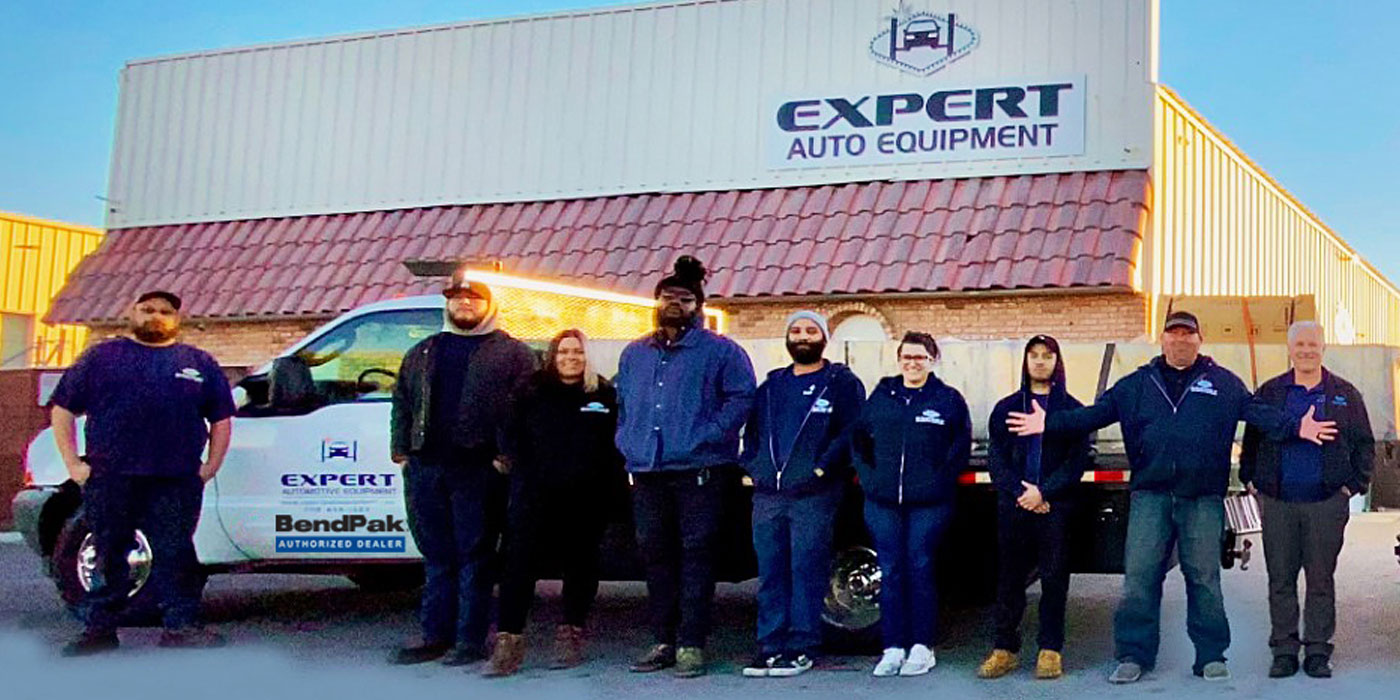The expense of hot shot deliveries goes far beyond the monthly gasoline bills for a stores delivery trucks. Indeed, the profit revenues generated by wholesale accounts may actually begin to disappear when delivery costs are factored into the cost of sales. When charged against specific accounts, the hot shot delivery service provided to many shops may actually result in negative numbers on the balance sheet.
BIG JOBBERS, LITTLE JOBBERS
Developing numbers that accurately represent the cost of delivering parts depends greatly upon the size of the jobber. For the larger jobber operation, its relatively easy to calculate the cost of delivery, especially if specific people are employed to deliver parts on a full-time basis. Three people driving three trucks eight hours per day are obviously easier to account for than one of three counterpersons delivering on a part-time basis.
But, in either case, parts delivery does have its costs. By looking a little closer at his numbers, the jobber who employs three people and three trucks could perhaps cut back to two people and two trucks. And the small jobber who uses one of his counterpros to deliver on a part-time basis might better allocate his resources if he hired a part-time delivery person to deliver during peak demand hours.
Regardless, delivery costs should be a separate line item in any stores budget. To illustrate, delivery costs could be accounted for by tabulating the number of miles driven, the number of deliveries made, the average worth of each delivery, the deliveries made to individual shops and the parts return rates of individual shops on a monthly basis.
If these numbers are accurately recorded, it wouldnt take long for a store manager to notice that many shops demand an inordinately high number of deliveries, and that the net profit generated by these deliveries rarely covers the delivery costs. A store manager might also notice that many of these "desperation" deliveries result in a high rate of returned parts. Obviously, shops like these generate the highest delivery cost per dollar of merchandise sold.
TAKING THE OBJECTIVE LOOK
Of course, the quick and dirty answer is to reduce deliveries and thereby risk losing business to more aggressive competitors. But the most productive approach is to develop enough numerical data to make some intelligent management decisions regarding the sale and delivery of wholesale parts.
First of all, miles driven are important because the miles driven may represent part of the costs associated with serving a geographically far-flung marketing area. Lets begin by dividing miles driven by the number of wholesale accounts being served. This number should represent a ratio of miles per customer. Dividing the miles driven by the value of merchandise delivered may yield an even more significant number that represents the actual profitability of the delivery service itself.
For the purpose of illustration, lets say that a store spends $1,000 per month delivering oil filters to a shop with a quick-lube service bay. Delivery to that shop yields only $800 per month in profit. Clearly, the numbers on this account are completely out of line because oil filters dont represent the total business activity of the shop. The shop must obviously be buying its oil and profitable replacement parts from a lower-priced competitor.
INVENTORY STRATEGIES
The fact that delivery costs to a specific shop exceed the profitability of the parts delivered doesnt mean that the jobber should drop the shop from its list of accounts. In fact, the shop may ultimately turn out to be a gold mine of profitability, if its handled properly.
Lets look at the underlying reason for the lack of profit on the delivery service. The shop owner probably hasnt realized that his new quick-service lube bay has moved his shop into a different service category. The shop may have increased filter sales from a half-dozen units per week to one hundred units per week. The shop may also need typical lube bay add-ons such as wiper blades, an array of dedicated fluids such as antifreezes and transmission oils, and, of course, greases, oils, additives and maintenance lubes, such as silicone aerosols for door seals and latch lubricants for hood and door latches.
This shop should be buying an array of parts that represent the needs of that specific type of operation. A tire store, for example, may need lots of balance weights, lug nut and bolt assortments, tire repair materials, tire lubes and impact wrenches. A muffler shop should be ordering lots of exhaust and undercar-related parts. Consequently, instead of a jobber sending his delivery person out numerous times to serve this wholesale buyer, the jobber should be sending his outside salesman to analyze the shops needs and install and maintain a working inventory of parts and materials.
ANALYZING RETURN RATES
Returned parts often result in an inventory disaster for most jobbers, because the jobber often finds himself paying to deliver an expensive serpentine belt and, a few days later, paying to return it to the store and hang it on the same hook as its inventory replacement.
But returns deserve to be analyzed. First, a jobber may consciously be making the decision to preempt the "second-call" status of a competitor by "covering" his dealer accounts needs with excess parts. Second, excessive returns may indicate that the shop lacks confidence in the depth and breadth of his jobbers inventory coverage, so the manager orders more parts than necessary to cover contingencies associated with certain types of services. Thus, the new brake hoses are returned after the caliper replacement or the fan clutch returned after the water pump replacement.
From the service writers point of view, returns are a cheap way to shore up his shops productivity. Consider these basic statistics: it costs a shop about $100 to write a repair order. This number is derived from dividing a shops fixed overhead by the number of repair orders written each month. Depending upon the shops schedule and productivity rate, a service bay tied up with a disassembled vehicle waiting for parts will cost the well-managed shop up to $100 per hour in lost sales.
Gratuitous returns may include parts not used because the service writer found a cheaper source. Or it may include parts returned because the service writer didnt close the anticipated sale, or because the technician didnt take time to properly estimate the job in the first place.
Whatever the case, excessive returns drastically drive up the cost of delivery. When returns exceed what a jobber considers the norm, its time for the store manager to have a heart-to-heart talk with the shop manager in order to determine why "X" percentage of parts ordered are being delivered and later returned.
DELIVERING WHEN?
Aside from determining the correct year, model and powertrain application of the vehicle in question, the most important question that the counterman should ask the service writer is, "When do you need this part delivered?" Most well-managed shops schedule work at least a day or even a week in advance. Consequently, just because the service writer or parts manager orders a set of brake pads and rotors at 2:00 p.m. doesnt mean that the items need to be delivered 15 minutes later. The vehicle may not come in for service until days after the parts arrive via an expensive "hot shot" delivery.
Prioritization is obviously the most effective way to reduce delivery costs. Sure, the technician may have ruined a wheel bearing seal during installation or broken a spark plug during installation and needs a replacement as soon as possible. On the other hand, most well-managed shops anticipate their parts needs well in advance and simply dont need the parts delivered minutes after the order is placed.










